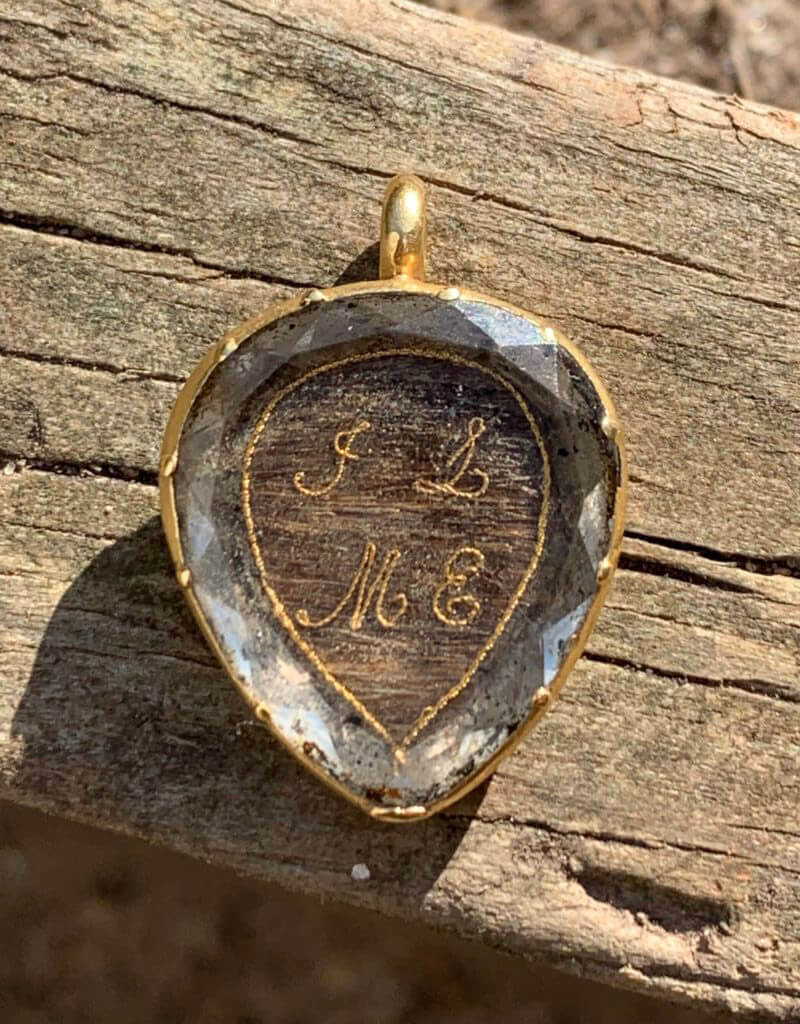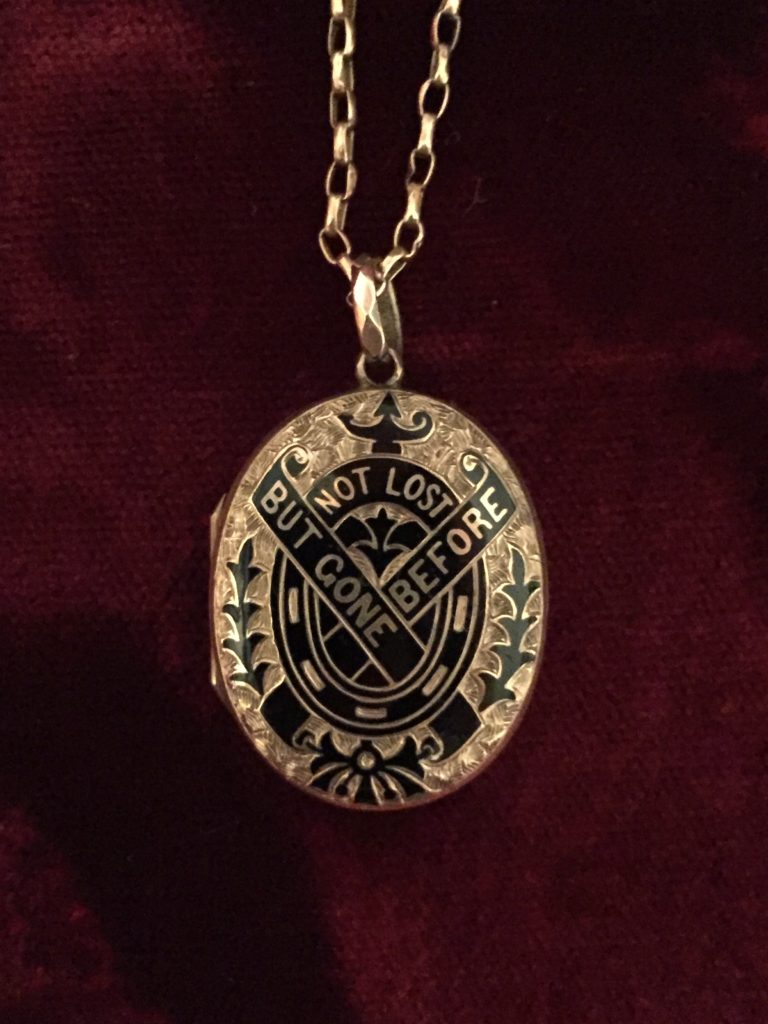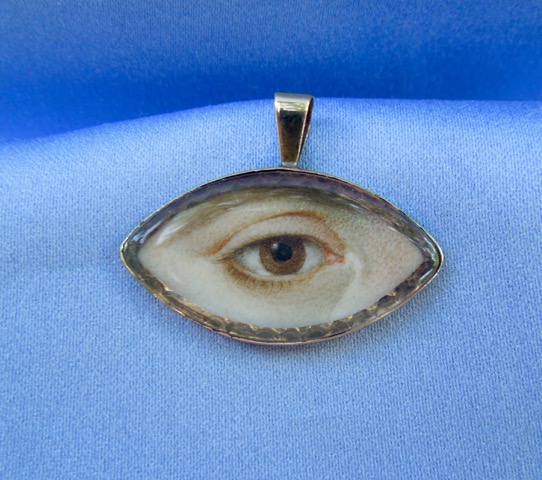French Rococo Revival Necklace
There are many elements to the Rococo Revival style that are evocative of the changing perceptions in the 19th century.
By the 1820s, there had been a tremendous change in society that reverberated into the 1840s, which had its impact upon mainstream jewellery and fashion, particularly within England and France. From c.1765-1800, the Neoclassical period was the popular and all pervasive fashion that determined much of the humanist thought and aesthetic within Western cultures. In jewellery, jewels of any degree in quality could be found in the larger oval and navette shapes with the sentimental depiction either standardised or tailored to the individual. Here, we have the person representing mourning, love and faith in ways that the previous ecclesiastical dominated societies wouldn’t be allowed to present.
From the early 19th century, these styles evolved back into the gem, as the antiquated ‘magical properties’ of the gem began to once again return to favour (almost a classical movement in itself). Access to gems through higher trade and transit accommodated this, as well as new and more intricate jewellery construction techniques that were being developed and popularised through the Industrial Revolution.
Concurrently, the Gothic Revival and its return to simplicity was growing in popularity and in many ways, this benefits the simplistic style of these early 19th century tokens of love and affection, as the focus is on fewer symbols and more prominently on the gem.
From the bolder and more stern style of the Gothic Revival pieces of the time, the French popularised the incorporation of the Rococo embellishments (more can be seen in the links below), whereas this piece directly lends itself 19th Century Rococo revival movement, setting it closer to c.1840 in its organic gold designs to the border.
The dove in flight (winged soul) attached to via the lavaliere brings in wonderful symbolism to a formal and attractive item that is as much a fashion piece as it is symbolic.
Further Reading
– The Acanthus
– Gothic Revival in Culture and Jewellery: Part 1, c.1740-c.1850
– Gothic Revival in Culture and Jewellery: Part 2, c.1850-c.1900
– Gothic Revival in Culture and Jewellery: Part 3, Breaking Perceptions









